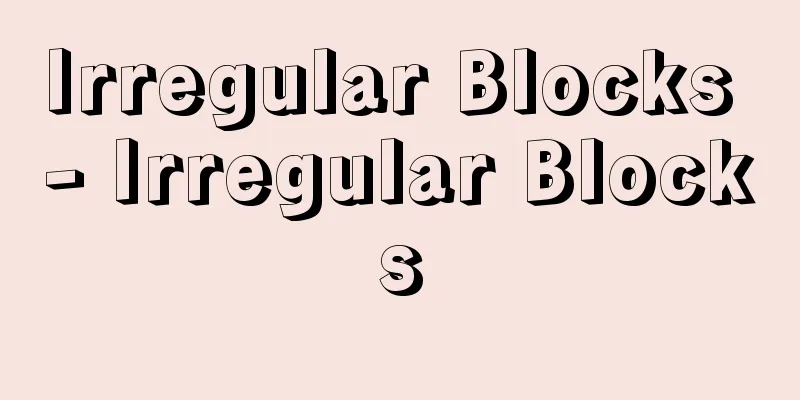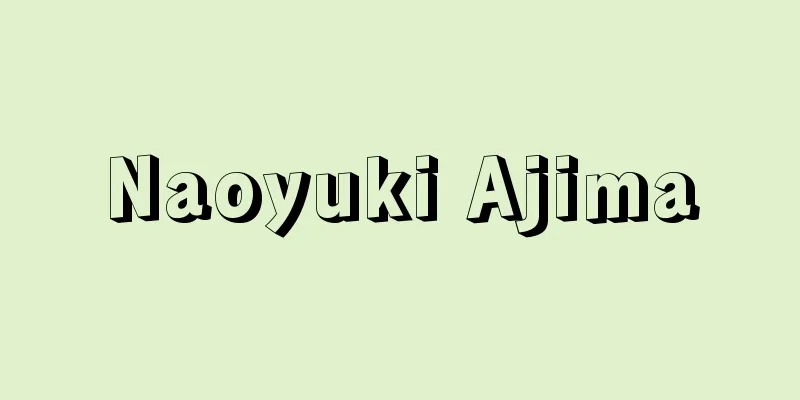Repo market

|
There are two types of short-term financial markets: the interbank market, where transactions are limited to financial institutions, and the open market, where business corporations and others participate. The repo market belongs to the latter. The repo in repo transactions is a conditional transaction in which a purchase (or sale) is made in the present and a repurchase (sale) is made in the future, and the product can be a certificate of deposit (CD) or a bond. The bond repo transaction is specifically called a bond repo transaction, so the repo market should be understood in a broader sense to include CD transactions. It is usually a conditional purchase and sale of bonds (usually long-term government bonds, but financial debentures are also used), and although it is technically a bond transaction, it is in reality a short-term financial transaction secured by bonds. There are three types of transactions: self repo, entrusted repo, and direct repo where the bank does not go through a securities company. Gensaki transactions are similar to transactions in the RP (Repurchase agreement) market, which is part of the American short-term money market. In Japan, transactions have been conducted without official authorization since around 1949 (Showa 24) for the purpose of inventory financing of government bonds held by securities companies. Subsequently, the volume of transactions increased with the increase in issuance of government bonds, and the market expanded in the 1970s. Gensaki transactions were the transaction that triggered the liberalization of Japan's short-term money market, and as securities companies rose to prominence, banks introduced CDs in response. After that, various short-term financial products were introduced and the share of the Gensaki market in the short-term money market declined, but the Bank of Japan still uses it as one of its bond operations. [Nori Ishino] Source: Shogakukan Encyclopedia Nipponica About Encyclopedia Nipponica Information | Legend |
|
短期金融市場には、取引が金融機関のみに限定されたインターバンク市場と、事業法人などが参入するオープン市場があり、現先市場は後者に属する。現先取引の現先とは、現在に売却(または買入)し、先の将来に買い戻す(売却する)という条件付き取引で、商品が譲渡性預金(CD)などの場合と債券の場合とがある。そのうち債券の場合をとくに債券現先取引とよんでいるので、現先市場という場合は、CD取引を含めた広い意味に解されよう。通常は債券(普通、長期国債だが、金融債も利用される)の条件付き売買で、形式的には債券取引になるが、実質的には債券を担保とする短期金融取引である。取引形態は自己現先、委託現先、銀行が証券会社を経由しない直現先とがある。 現先取引は、アメリカの短期金融市場の一環をなすRP市場(Repurchase agreement)での取引に類似している。日本では、1949年(昭和24)ころから証券会社が手持ちの国債の在庫金融を目的として、取引が公認されないままに行われていた。その後、国債の増発で取引量が増大し、1970年代に入って市場が拡大した。現先取引は日本の短期金融市場の自由化のきっかけとなった取引で、証券会社が台頭したので、それに対抗して銀行はCDを導入した。その後、各種の短期金融商品が導入され、現先市場は短期金融市場においてシェアを後退させるが、日本銀行が債券オペレーションの一つとして利用している。 [石野 典] 出典 小学館 日本大百科全書(ニッポニカ)日本大百科全書(ニッポニカ)について 情報 | 凡例 |
Recommend
articulation reference equivalent
...As shown in the table, evaluation scales such ...
Father and Elders - Furo
〘noun〙① An honorific for an old man. Old man. ※Fam...
Grassland soil
Soil found in grasslands. Outside the world's ...
Amulet - weight
〘 noun 〙 ("o" is a prefix) 1. The act of...
Sake Brewing Restriction Act
During the Edo period, the Shogunate imposed restr...
Sennan [village] - Sennan
A village in Senboku District, central Akita Prefe...
Kamiarizuki - Kamiarizuki
Another name for the tenth month of the lunar cale...
Electromagnetic darkroom
Also known as an anechoic chamber. It is equivalen...
Coral vine
...An evergreen, climbing, semi-shrub of the Poly...
Steller's eider (English spelling) Stellerseider
…A general term for the eider family Anatidae, or...
Hard fabric - Hard discharge
〘 noun 〙 Tightly woven fabric. Twill. ※Matsusake S...
Roubiliac, LF (English spelling) RoubiliacLF
…On the other hand, there were also works that ha...
The Far Eastern Championship Games
A competition held 10 times between 1913 and 1934...
Punjab - Panjab (English spelling)
The name of the region in the middle reaches of t...
Skink
…A general term for reptiles with well-developed ...









